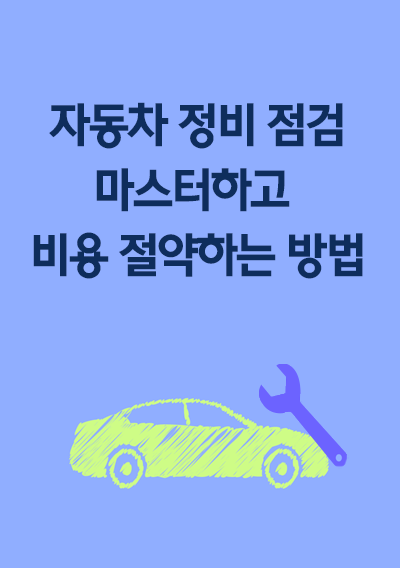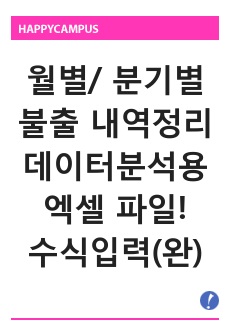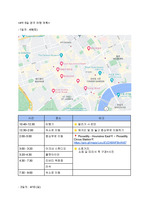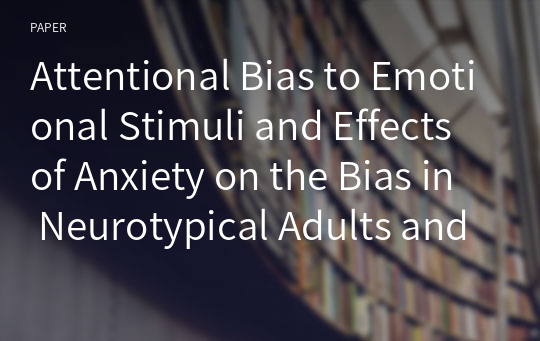Attentional Bias to Emotional Stimuli and Effects of Anxiety on the Bias in Neurotypical Adults and Adolescents
* 본 문서는 배포용으로 복사 및 편집이 불가합니다.
서지정보
ㆍ발행기관 : 한국감성과학회
ㆍ수록지정보 : 감성과학 / 25권 / 4호
ㆍ저자명 : Mihee Kim, Jejoong Kim, So-Yeon Kim
ㆍ저자명 : Mihee Kim, Jejoong Kim, So-Yeon Kim
목차
Abstract1. INTRODUCTION
2. METHODS
2.1. Participants
2.2. Task and measures
3. RESULTS
3.1. S tate and t rait anx iety
3.2. Attentional bias by the distractor type andtime
3.3. Correlation between the attentional bias andanxiety levels
3.4. Cormparison of data from the two groups
4. DISCUSSION
REFERENCES
영어 초록
Human can rapidly detect and deal with dangerous elements in their environment, and they generally manifest as attentional bias toward threat. Past studies have reported that this attentional bias is affected by anxiety level. Other studies, however, have argued that children and adolescents show attentional bias to threatening stimuli, regardless of their anxiety levels. Few studies directly have compared the two age groups in terms of attentional bias to threat, and furthermore, most previous studies have focused on attentional capture and the early stages of attention, without investigating further attentional holding by the stimuli. In this study, we investigated both attentional bias patterns (attentional capture and holding) with respect to negative emotional stimulus in neurotypical adults and adolescents. The effects of anxiety level on attentional bias were also examined. The results obtained for adult participants showed that abrupt onset of a distractor delayed attentional capture to the target, regardless of distractor type (angry or neutral faces), while it had no effect on attention holding. In adolescents, on the other hand, only the angry face distractor resulted in longer reaction time for detecting a target. Regarding anxiety, state anxiety revealed a significant positive correlation with attentional capture to a face distractor in adult participants but not in adolescents. Overall, this is the first study to investigate developmental tendencies of attentional bias to negative facial emotion in both adults and adolescents, providing novel evidence on attentional bias to threats at different ages. Our results can be applied to understanding the attentional mechanisms in people with emotion-related developmental disorders, as well as typical development.참고 자료
없음"감성과학"의 다른 논문
 인물 얼굴의 나이 판단과 아기도식 속성에 대한 순응의 잔여효과16페이지
인물 얼굴의 나이 판단과 아기도식 속성에 대한 순응의 잔여효과16페이지 Linking Personality, Emotional Labor and Employee Well-..18페이지
Linking Personality, Emotional Labor and Employee Well-..18페이지 자동차 전면부와 음성 어시스턴트의 스타일 관계 분석10페이지
자동차 전면부와 음성 어시스턴트의 스타일 관계 분석10페이지 태양광 웨어러블 에너지 하베스팅의 전력 전달을 위한 최적의 전도사 스티치 회로 설계 및 출력 전력 ..10페이지
태양광 웨어러블 에너지 하베스팅의 전력 전달을 위한 최적의 전도사 스티치 회로 설계 및 출력 전력 ..10페이지 매트리스 소재변화가 수면의 질에 미치는 영향: 탐색적 연구12페이지
매트리스 소재변화가 수면의 질에 미치는 영향: 탐색적 연구12페이지 Voxel-wise Mapping of Functional Magnetic Resonance Ima..18페이지
Voxel-wise Mapping of Functional Magnetic Resonance Ima..18페이지 Functional Connectivity with Regions Related to Emotion..14페이지
Functional Connectivity with Regions Related to Emotion..14페이지 패키지 광택이 제품 구매의도에 미치는 영향: 기업 친환경성 인식과 품질인식의 매개효과를 중심으로10페이지
패키지 광택이 제품 구매의도에 미치는 영향: 기업 친환경성 인식과 품질인식의 매개효과를 중심으로10페이지 텍스타일 스트레인 센서에 마이크로 니들을 이용한 전도성입자 침투력 향상8페이지
텍스타일 스트레인 센서에 마이크로 니들을 이용한 전도성입자 침투력 향상8페이지 한복 유형별로 느껴지는 감성의 측정과 비교12페이지
한복 유형별로 느껴지는 감성의 측정과 비교12페이지

























